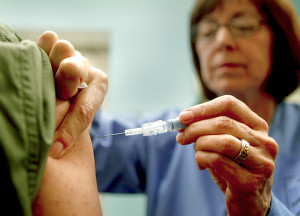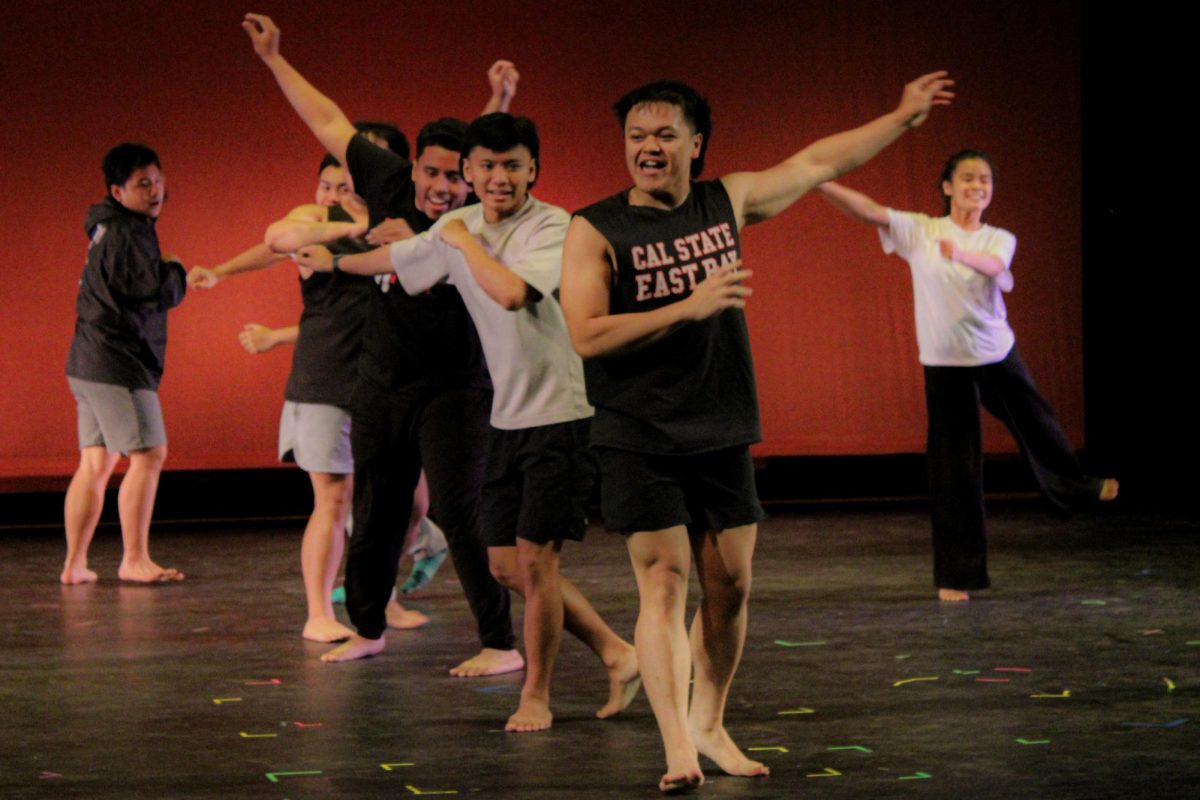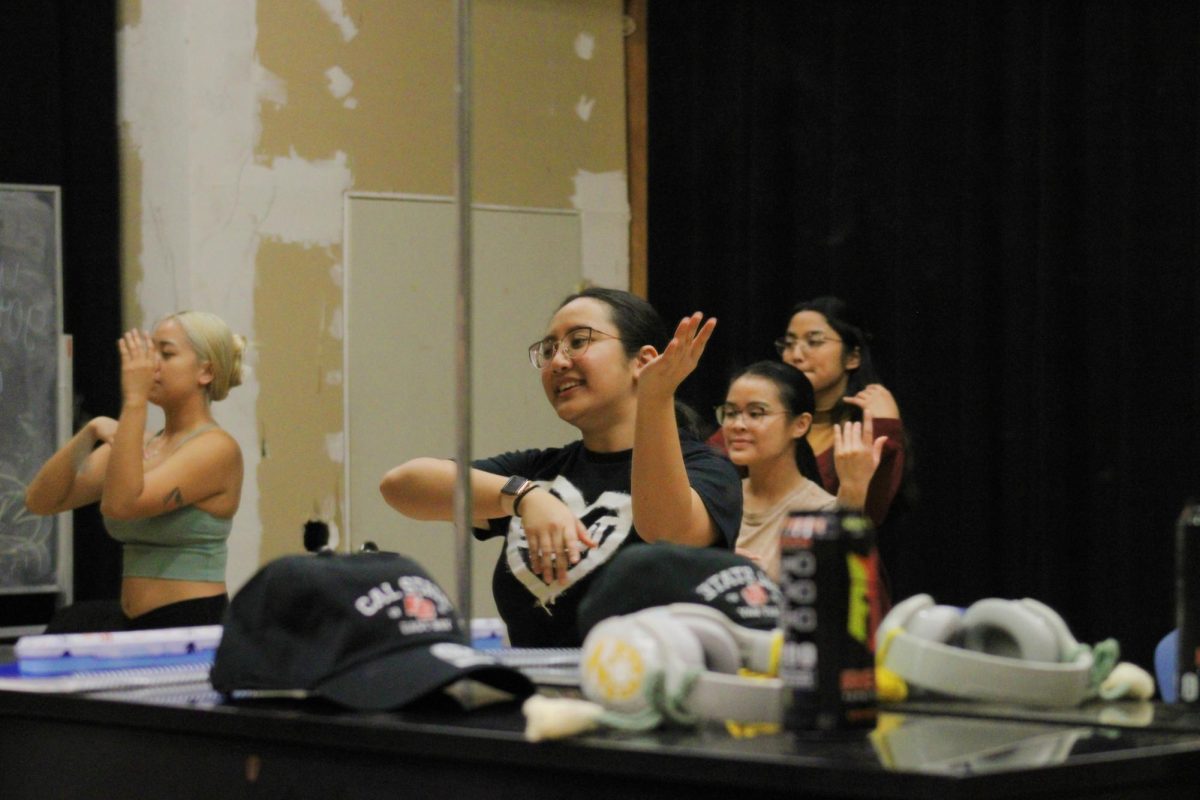
encourages those six months and older to get the
flu vaccine.
CSU East Bay’s Student Health Center has run out of the seasonal influenza vaccine because of higher-than-anticipated demand from students and faculty this quarter.
“It was the beginning of January when the student health center ran into a rush of students and faculty members anxiously awaiting their H1N1 flu vaccinations,” said Christine Herdt, director of the university’s student health center.
The university exhausted its 400-count supply of the flu vaccine during the beginning of the fourth week of January. Part of the reason was what Herdt called excessive media coverage of the newly discovered H3N2v virus.
U.S. Centers for Disease Control and Prevention reported that this flu season, which began in October of last year, has a new strain related to the H1N1 influenza virus contracted from pigs to humans in 2009. This new flu type suggests that a new non-human influenza virus, H3N2v, originally found in pigs, is also affecting humans.
Although there have only been 12 confirmed cases across the country of H3N2v influenza virus since it was discovered in 2011, there is still some concern that this new virus could spread and become an epidemic as serious as the H1N1 influenza virus became.
According to the CDC website, between April 2009 and March 2010, there were over nine thousand influenza related deaths affecting people between the ages of 18 and 24. There were also 158 million people in this age range who were hospitalized for the influenza virus during this time.
The H3N2v influenza virus was detected in a child in April of last year, according to news reports.
Herdt said that with media coverage of the new strain, universities and other health service departments started getting an overwhelming response for the seasonal influenza vaccine, which now contains an antigen for both the H1N1 and H3N2v influenza viruses. Although the new vaccine does not provide significant protection against the new H3N2v virus, Herdt said this year’s vaccine helps with most strains of influenza that the CDC is currently seeing.
“We were very happy because that meant that we were able to potentially cover some of our students from getting the flu.”
The disappointment was that the university didn’t get a response from students earlier, Herdt said. The flu vaccine did not appear to be a priority for the campus community in the fall quarter.
“We actually offered and had several flu clinics available to students and faculty starting in October and November of last year,” she said. “Through that process we had exactly four flu clinics, but the response was not great.”
She also said that many people shied away from getting the vaccine because of misconceptions about its effectiveness and side effects.
“Some people believe that if you get (the vaccine), you will get the flu, and that is not true. It’s that when you get the flu vaccine, you have about a 10-day period in which you’re still very susceptible to the flu.”
Another reason for the lack of student participation in receiving the flu vaccination in the fall was poor advertising, Herdt said.
“The university could work on figuring out the different ways that more people on campus can be made aware of the risk they are taking by not getting the flu vaccine.”
As researchers continue to work on new influenza vaccines that give more protection, it is confirmed that students and faculty at CSUEB will be getting their next batch of flu vaccinations in early August and September of the 2013-14 school year.

















